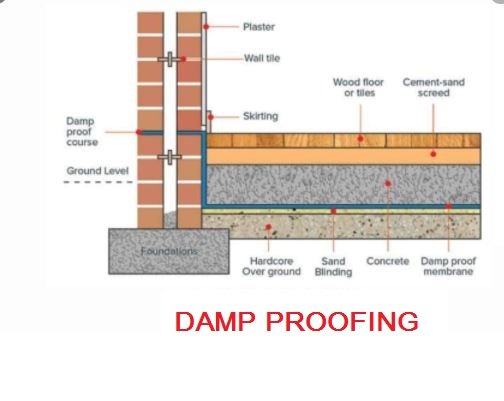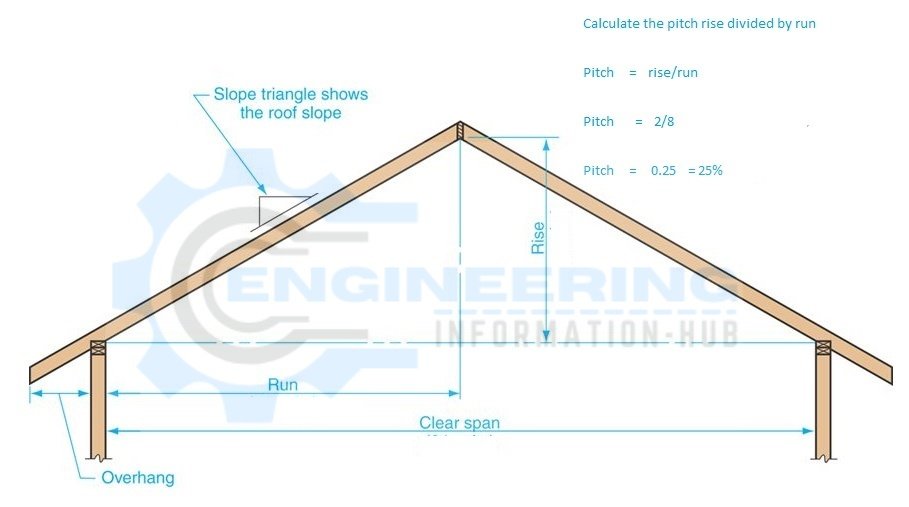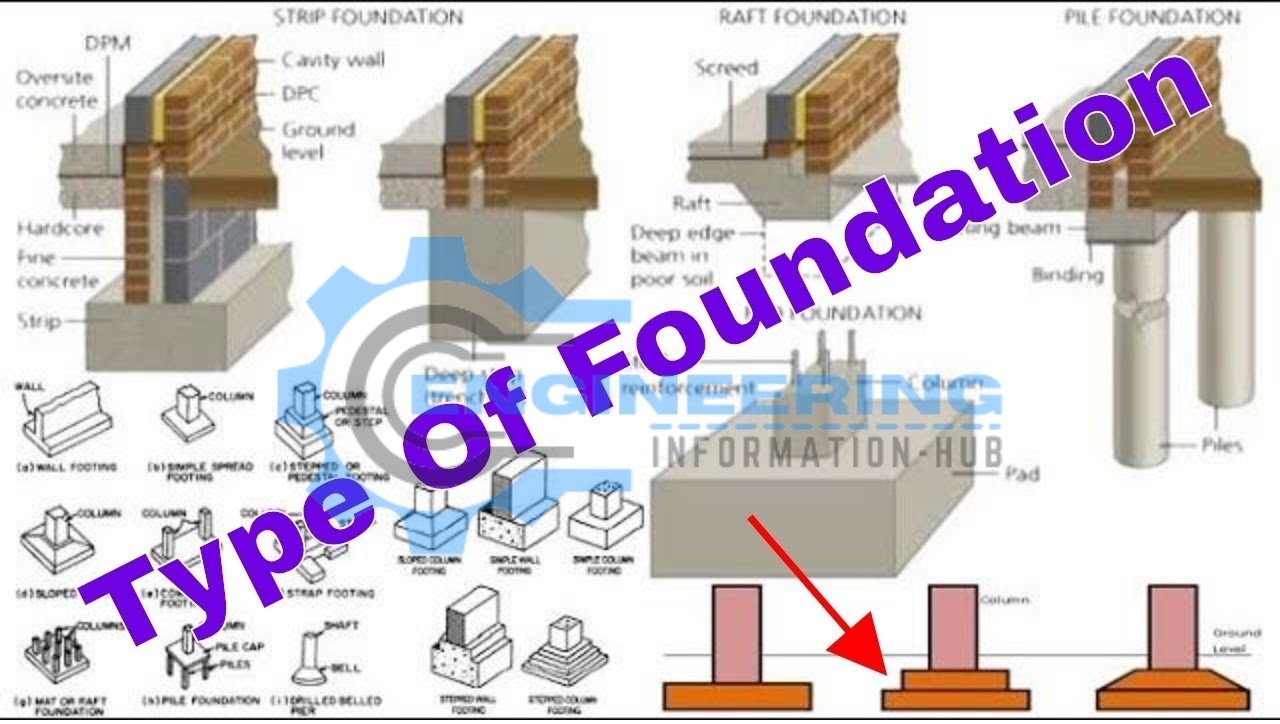Introduction of Locomotive Maintenance| Common Challenges in Locomotive Maintenance
Introduction of Locomotive Maintenance |The Importance of Proper Maintenance
Introduction of Locomotive Maintenance| Common Challenges in Locomotive Maintenance
Keeping locomotive engines running well is key for the rail industry. This article covers the best ways to keep engines in top shape. It helps rail operators keep their engines efficient and save money. We’ll look at everything from regular rail maintenance to the latest in engine checks. Introduction of Locomotive Maintenance| Common Challenges in Locomotive Maintenance
This guide gives readers the info and tools to make engines last longer and run better. It’s all about making sure trains can move smoothly and safely.
Key Takeaways
- Understand the importance of proper locomotive maintenance for maximizing engine performance and efficiency.
- Explore preventive maintenance strategies, including scheduled inspections and servicing to proactively address potential issues.
- Learn about engine performance optimization techniques and their impact on fuel efficiency and emission control.
- Discover the role of advanced diagnostics and monitoring systems in identifying and addressing common engine problems.
- Gain insights into the importance of maintenance planning, spare parts management, and the integration of technological advancements in locomotive maintenance.
Introduction to Locomotive Maintenance
Locomotive engines are key to moving goods and people by rail. Keeping them in good shape is vital for their long life and best performance. This part talks about why good maintenance is key and the hurdles rail companies face in keeping their engines running well.
The Importance of Proper Maintenance
Regular checks are the heart of a smooth rail system. Doing maintenance early can save engines from breaking down and keep trains running on time. This means trains can move people and goods safely and efficiently.
Common Challenges in Locomotive Maintenance
Even though locomotive maintenance is crucial, rail companies face many hurdles. Things like harsh weather and fitting maintenance around train schedules are big challenges. Old trains and the need for new ones also make maintenance harder.
| Challenge | Description |
| Environmental Conditions | Extreme temperatures, humidity, and exposure to the elements can take a toll on locomotive engines, requiring specialized maintenance protocols. |
| Operational Demands | The need to maintain a reliable and efficient transportation network can make it challenging to schedule necessary maintenance interventions. |
| Aging Infrastructure | As locomotive fleets age, the complexity of engine maintenance often increases, requiring more specialized skills and resources. |
Overcoming these maintenance challenges is key for rail companies. They need to plan well and use new tech to keep their trains running well and affordably.
Preventive Maintenance Strategies
Keeping locomotive engines in top shape is key for rail networks to run well and reliably. A detailed preventive maintenance plan is at the core of this effort. It includes regular checks and servicing to catch and fix problems early. This approach helps engines last longer and reduces the time they’re out of service.
Scheduled Inspections and Servicing
Regular checks of locomotives are vital for maintenance. These checks cover the engine, its parts, and systems. They help spot wear, damage, or issues early. Fixing these problems quickly keeps the engine running smoothly and efficiently.
- Inspections should happen regularly, from daily to monthly, based on how the engine is used.
- During these checks, important parts like fuel, air intake, lubrication, and cooling systems are closely for any issues.
- Along with inspections, tasks like oil changes, filter swaps, and adjustments are done to keep the engine running well.
Following a strong maintenance plan helps avoid sudden engine failures, cuts down on repair costs, and keeps locomotives running well. This proactive method boosts engine performance, saves fuel, and lowers emissions. It’s good for the environment and helps save money.
Engine Performance Optimization Techniques
Improving locomotive engine performance is key to efficient and reliable rail transport. Techniques like engine tuning and reducing energy use can boost performance and cut costs. Let’s look at strategies for railway maintenance pros to get the most from their engines.
Optimizing Engine Efficiency
Improving engine efficiency is a main goal. This means making targeted changes and upgrades, such as:
- Advanced fuel injection systems for better fuel control
- Optimizing engine compression and airflow for better combustion
- Upgrading turbochargers and superchargers for more power
- Using lighter materials to reduce engine weight
Enhancing Power and Torque
Boosting power and torque is another goal of engine optimization. This helps with heavy loads or steep hills. Techniques include:
- Adjusting engine valve timing and cam profiles
- Increasing cylinder size through bore and stroke changes
- Upgrading cooling systems for high loads
- Improving engine control systems for better response
Improving Energy Efficiency
Lowering energy use is crucial for engine optimization. This cuts costs and reduces environmental impact. Strategies include:
- Regenerative braking systems
- Optimizing gear ratios for better power and speed balance
- Advanced engine management software and sensors
By using these techniques, railway maintenance teams can fully utilize their engines. This leads to better efficiency, power, and cost savings in their operations.
| Optimization Technique | Benefits |
| Fuel Injection System Upgrades | Improved fuel efficiency, reduced emissions |
| Turbocharger and Supercharger Upgrades | Increased power and torque output |
| Lightweight Component Integration | Reduced engine weight, improved fuel efficiency |
| Regenerative Braking Systems | Energy recovery, enhanced fuel efficiency |
Fuel Efficiency and Emission Control
In the world of locomotive maintenance, making engines use fuel better and cut down on emissions is key. Doing this helps the environment and saves money for train operators. It’s important to watch how much fuel trains use and find ways to use less and emit less.
Monitoring Fuel Consumption
Keeping an eye on how much fuel trains use is key to saving fuel. By tracking fuel use, operators can find ways to do better. Telematics and data analytics help by giving real-time info on fuel use and trends.
Reducing Emissions
Lowering emissions is important for the planet engine tweaks, fuel additives, and using cleaner fuels can bad emissions. Railway companies must keep up with new tech and rules to stay clean and help the planet.
| Metric | Baseline | Improved |
| Fuel Efficiency (L/100 km) | 22.4 | 19.8 |
| Emissions (g/kWh) | 8.2 | 6.5 |
The table shows how better maintenance can make trains use fuel and emit less.
“Sustainable transportation is not just a trend, but a necessity for the future. By prioritizing fuel efficiency and emission control, railway operators can lead the way in creating a greener, more environmentally responsible rail network.”
Identifying and Addressing Common Engine Issues
Keeping locomotive engines running well is key for smooth rail operations. Engines can face problems like mechanical failures, electrical issues, and wear and tear. It’s vital for maintenance teams to know how to fix these issues quickly and effectively.
One big problem is mechanical failure, like worn-out parts or engine troubles. These can lead to less power, more fuel use, and shaking. Regular checks and maintenance help spot and fix these issues early.
Electrical problems can also affect engines, causing issues with sensors and control systems. Quick fixes and repairs are needed to get the engine running right again.
- Mechanical Failure: Identifying and Addressing Worn Components
- Electrical Malfunctions: Troubleshooting Sensor and Control System Issues
- Performance Degradation: Implementing Maintenance Solutions to Maintain Peak Efficiency
| Common Engine Issues | Symptoms | Maintenance Solutions |
| Mechanical Failure | Decreased power output, increased fuel consumption, vibrations | Scheduled inspections, component replacement, preventive maintenance |
| Electrical Malfunctions | Sensor failures, control system issues, erratic performance | Diagnostic testing, targeted repair, software updates |
| Performance Degradation | Gradual loss of efficiency, increased emissions, reduced fuel economy | Preventive maintenance, engine tune-ups, fuel management strategies |
By tackling common engine problems early, maintenance teams can keep engines running smoothly. This leads to better efficiency and reliability in the rail network. A thorough maintenance plan lasts longer and works better.





I every time used to read piece of writing in news papers but now as I am a user of net therefore from now I am using net for
content, thanks to web.